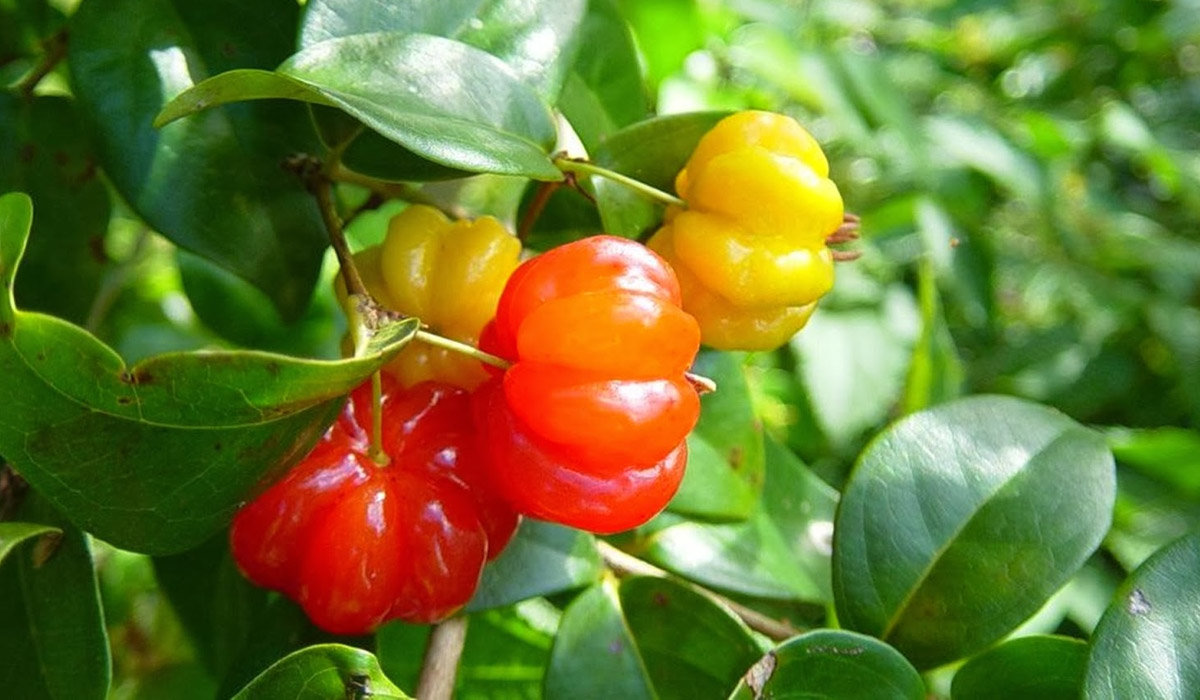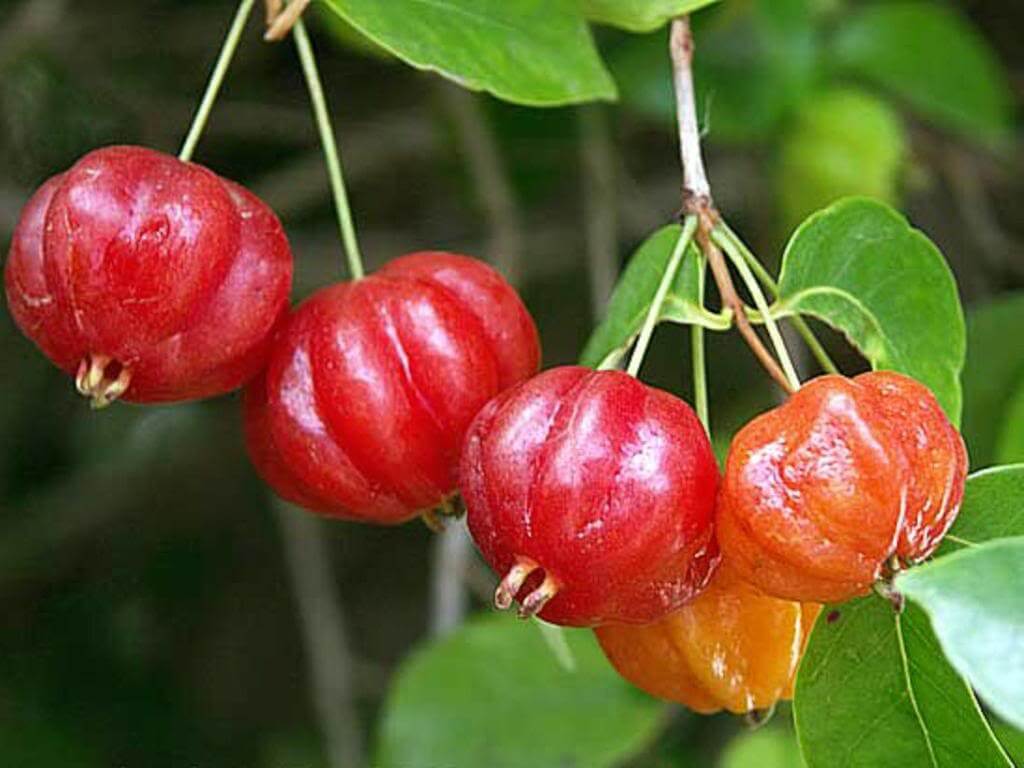Brazilian cherry, also known as Grumichama, is a fruit tree that is native to Brazil, but can also be successfully grown in Kenya. Brazilian cherry is a relatively new crop in Kenya, but its popularity is growing due to its sweet and juicy fruits, ornamental value, and potential for commercial production. This article will explore the steps involved in farming Brazilian cherry in Kenya, including site selection, propagation, planting, crop management, and harvesting.
The Brazilian cherry tree prefers a warm and humid climate, with temperatures ranging between 20 to 30 degrees Celsius. It can grow in a wide range of soils, from sandy to loamy, as long as they are well-drained and fertile. The tree requires regular watering, especially during dry periods, and benefits from a balanced fertilizer application.
Propagation of the Brazilian cherry tree is typically done through seeds or cuttings. Seeds can be planted directly into the soil, or started in a nursery and transplanted once they reach a suitable size. Cuttings can be taken from mature trees and rooted in a suitable medium before being transplanted.
In addition to its culinary uses, the Brazilian cherry tree is also valued for its ornamental qualities. It has attractive evergreen foliage, with glossy leaves that are dark green on top and lighter green underneath. The tree also produces small white flowers, which are followed by the fruit.
Site Selection
The Brazilian cherry tree thrives in warm and humid climates, and requires an annual rainfall of at least 1000mm. It prefers well-drained soils that are rich in organic matter, with a pH between 5.5 and 6.5. The tree grows best in areas with temperatures ranging from 20 to 30 degrees Celsius, and is sensitive to frost and cold temperatures. Therefore, farmers in Kenya should choose a warm and sheltered site with good drainage and ample water supply to grow Brazilian cherry trees.
Propagation
Propagation of the Brazilian cherry tree is typically done through seeds or cuttings. Seeds can be obtained from ripe fruits, which should be cleaned and dried before planting. The seeds can be planted directly into the soil or started in a nursery and transplanted later. It takes about 3-4 weeks for the seeds to germinate, and the seedlings should be transplanted into individual bags once they have reached a height of about 15cm.
Alternatively, cuttings can be taken from mature trees and rooted in a suitable medium such as sand or vermiculite. The cuttings should be about 15-20cm long, with at least three nodes, and should be treated with a rooting hormone to improve their chances of success. The cuttings should be kept moist and warm until they have formed roots, which typically takes about 4-6 weeks.
Planting
The Brazilian cherry tree should be planted in a sunny and well-drained site, with a spacing of about 5-7m between trees. The planting holes should be prepared in advance, with a depth and width of about 60cm and filled with a mixture of compost and topsoil. The seedlings should be carefully removed from the nursery bags or containers and planted in the prepared holes, ensuring that the roots are not damaged. The soil should be compacted around the seedlings and watered thoroughly to settle the soil.
Crop Management
Proper crop management is essential for the successful cultivation of Brazilian cherry in Kenya. This includes regular watering, fertilization, weed control, and pest and disease management.
Watering: The Brazilian cherry tree requires regular watering, especially during the dry season, to ensure that it grows well and produces high-quality fruits. The tree should be watered deeply, but not excessively, to avoid waterlogging and root rot. A drip irrigation system is recommended for efficient water use and better crop management.
Fertilization: The Brazilian cherry tree requires adequate nutrients to grow and produce high-quality fruits. A balanced fertilizer application is recommended, with a ratio of 10:10:10 or 14:14:14 NPK. Fertilizers should be applied in split doses, with the first application done after planting and subsequent applications done every 3-4 months. Organic fertilizers such as compost and manure can also be used to improve soil fertility and provide nutrients to the trees.
Weed Control: Weeds compete with the Brazilian cherry tree for nutrients, water, and light, and should be controlled to ensure optimal tree growth and fruit production. Manual weeding or the use of herbicides can be used to control weeds. However, care should be taken to ensure that the herbicides used do not harm the trees or the environment.



